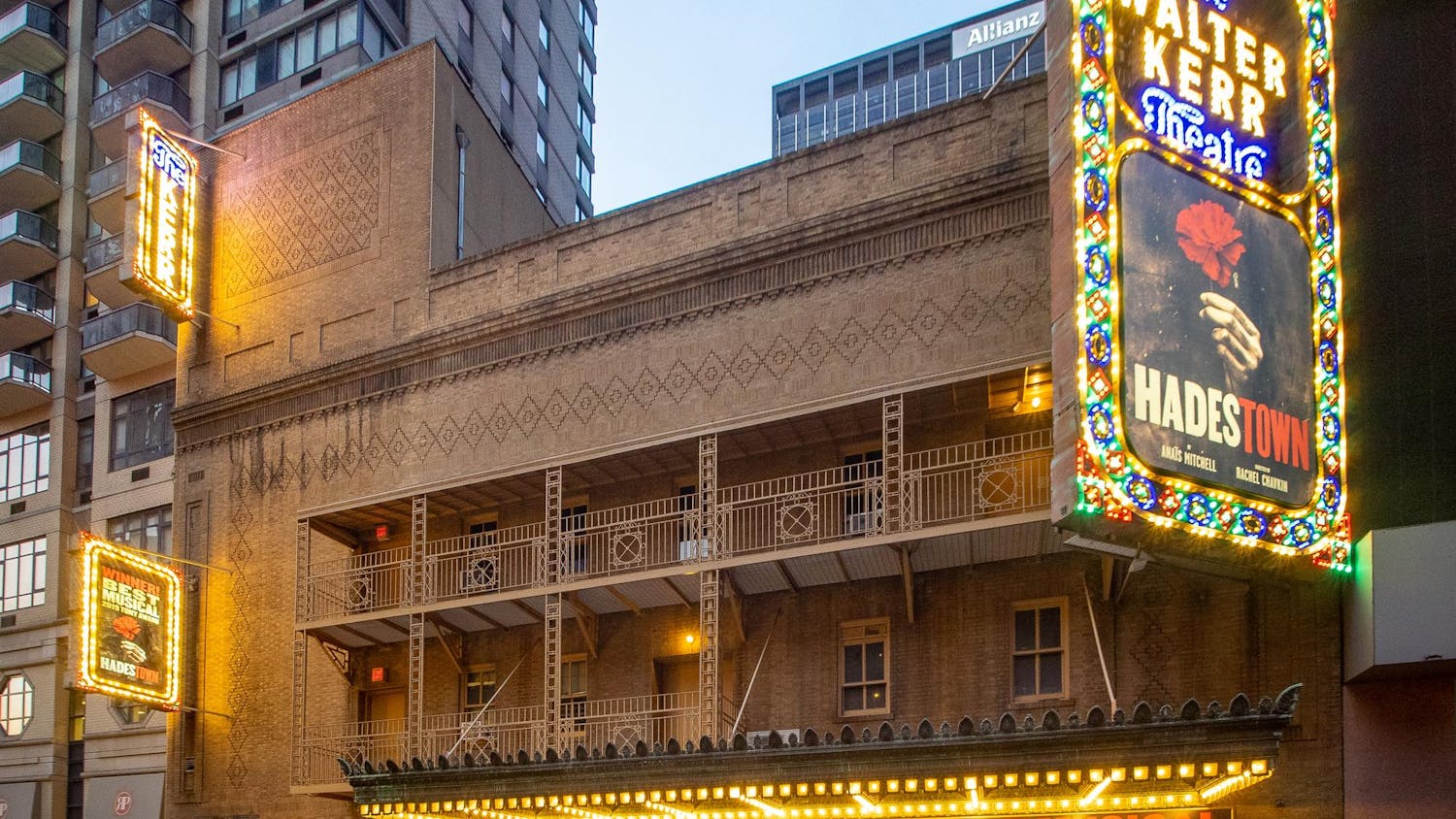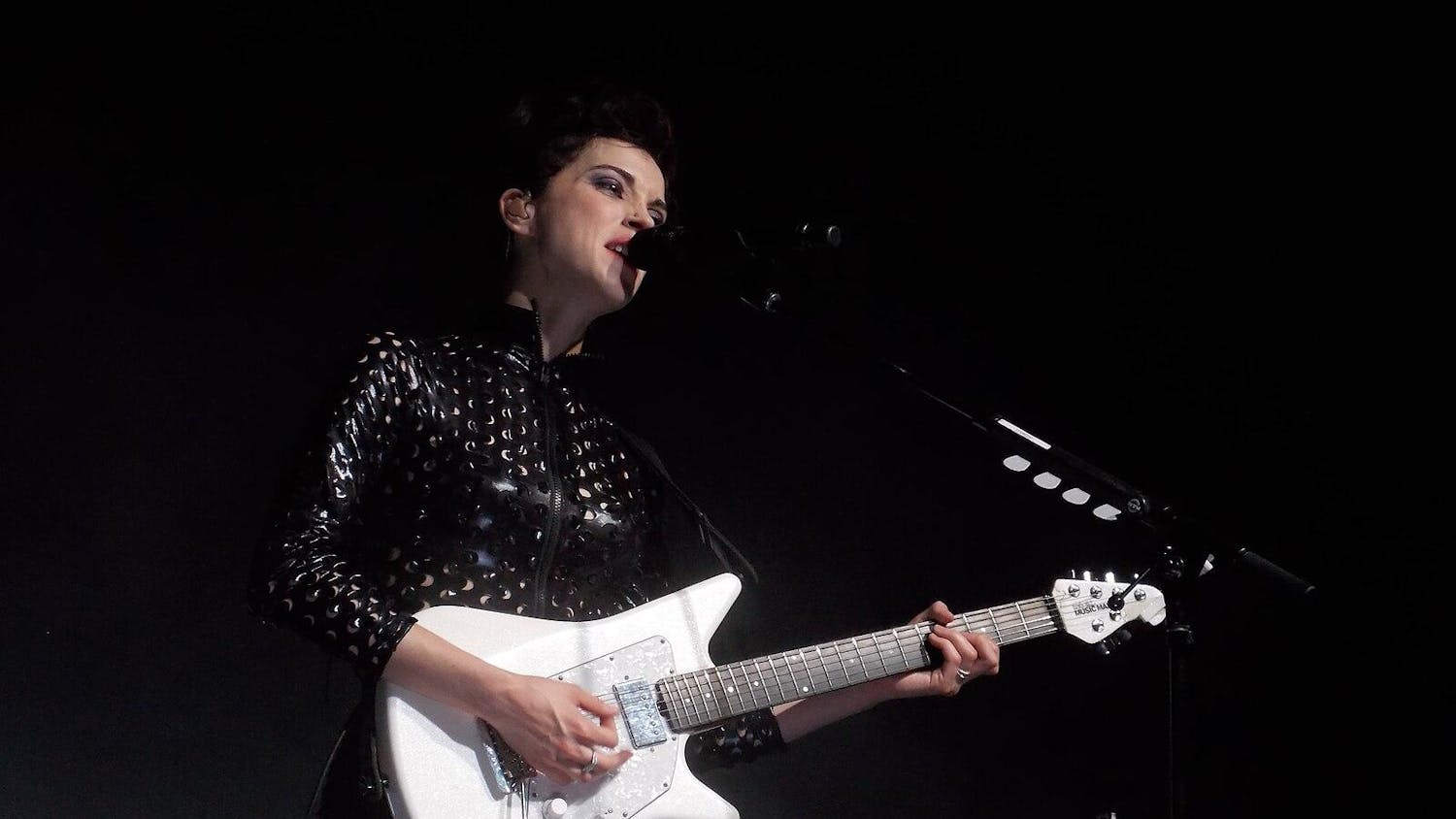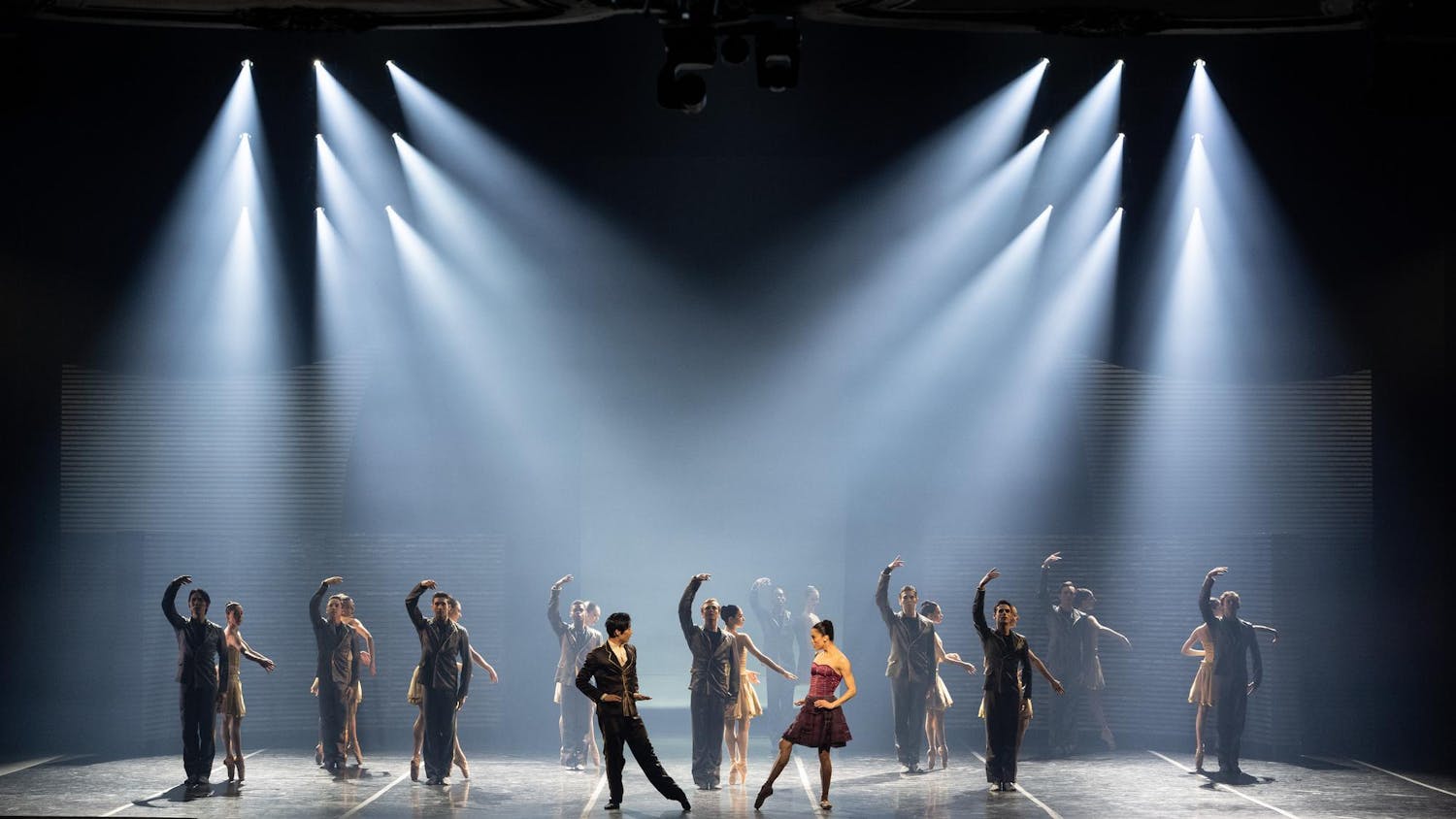In his first gallery exhibit, Rashad Davis, a senior anthropology major, resisted the conventional boundaries of self-exploration. His exhibit features science fiction-inspired drawings with overtones of human struggle, race and introspection. It is also the inaugural exhibit of Gallery at the Center, a repurposed space within the Africana Center which will showcase student artwork.
As an only child growing up on Staten Island, Davis mused at the ease with which he became lost in art and reading. He found the science fiction and fantasy genres most exciting because of their inventive subject matter, but was disappointed by the stories' lack of imaginative exploration when it came to creating multidimensional characters of color.
"There was no dialogue about it ... I really felt like there was no place for black people and people of color in general. It was always blond hair and blue-eyed fictional lands," Davis said, reflecting on one of his favorite fantasy-themed shows, "Game of Thrones." He laughingly added that shows like the popular HBO series take place in "a fictional UK."
"I wanted to create a space where it was normal and okay for black people to be black people and physically considered beautiful - a space where it was normalcy," he said.
These goals led Davis, who is a completely self-taught artist, to parlay his artwork into a working novel with characters inspired by his own family.
While reading a news article about the modern-day enslavement of the Dinka people in South Sudan, Davis began his quest to flesh out the literary ideas that had been swirling in his head since high school.
"[The article] struck a chord with me. I hadn't thought of my own identity in terms of a global sense," he said. "That gave me perspective to give black people a humanity I feel doesn't exist in mainstream art."
He referenced several stereotypical tropes in media: black characters as sexually aggressive, bitter and one-dimensional in their expression and abilities, along with the black characters that are "the exception to the rule." These are but a few of the numerous damaging and grossly inaccurate portrayals perpetuated by the media, he explained.
"There are very rarely, in the genres of art I like, representations of black people that are holistic and show a complete human picture," Davis said.
The eight mixed-media pieces in the gallery are comprised of pencil, ink and various digital techniques. Each of the pieces begins as a penciled sketch, which Davis then inks in using micropens on a digital tablet. He then Photoshops the images, washing the original vibrant colors in sepia tones. In some drawings, this melding of digital and pencil media, combined with minimal contrast between light and dark, has a flattening effect. However, Davis combats this issue in his later drawings in the series, which use crosshatching to create depth.
Davis said his work is meant to be accessible by all, but he hopes it especially speaks to black women and works to counter negative and critically damaging public claims about their worth.
"This is the community I'm trying to meet with my art," he said. "The message is about self-appreciation, since we aren't often the ones who control our images. Others don't have our best interests at heart."
The artistic focus of the drawings lies in Davis' research on the states of Nigeria and his personal disconnect with his family's own history.
"Folks tell me I look Ibo, they've said I look South African, a host of things," he said. "I know my folks are from West Africa - a likely result of the transatlantic slave trade - but if I had to attach myself to a place, it would be Nigeria."
The drawings are based on portraits of Davis' siblings, as these same individuals are the basis for many of his characters.
"Those pictures capture what they are as people and give [whoever's] looking at them their essence," he said.
One of Davis' standout works is based on the likeness of his brother. Two pieces that portray a Nigerian-Nubian woman, collectively titled "Nanu," represent Davis' expectation upon meeting one of his older sisters just recently and the reality of her appearance.
Davis' creations work on several levels of depth and introspection, and they encourage viewers to consider alternative narratives about black characters in both real-world and science-fiction scenarios. They also urge audiences to dare to imagine, conceptualize and create multi-faceted portrayals of beings - flaws and all, with an emphasis on "all."





